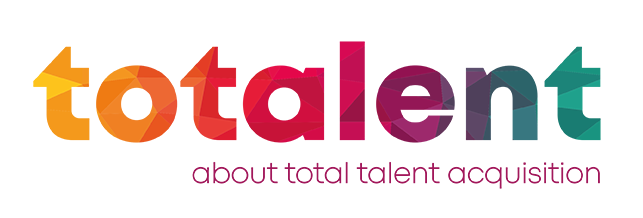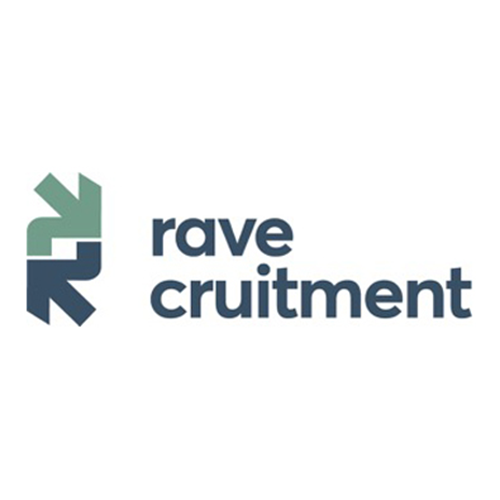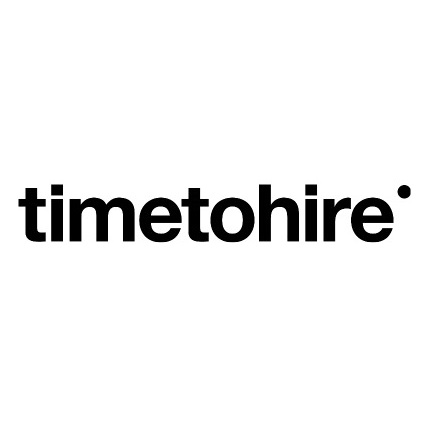
Unveiling the hiring dilemma of Gen Z
According to a recent survey conducted by Intelligent.com under 1.243 business leaders, 40% of them are not so sure about how prepared graduates from college are for the demands of today’s working world. Some have expressed this doubt based on a lack in their work ethics or communication abilities as main detriments while others blame it on more deeply-rooted problems within organizational cultures. The outcomes reveal an intricate problem encountered by recruitment leaders who must adjust to changing conditions when acquiring new talents.
One particular reason that is frequently mentioned for this unpreparedness can be found in the culture of organizations. Business leaders are good aware of the fact that many organizations and workplace dynamics can not match with what incoming talent expects or hopes for. This can be about salary, flexibility, working hours, and responsibilities. But, it’s not all about colleagues and workplaces. There are also concern about parental influence, educational patterns, and problems caused by COVID-19. This just goes to show how complex this problem is.
Addressing skill gaps and salary expectations
The survey clearly shows big gaps with recent graduates, based on Work ethic, communication, and technology are top of the list. In addition to this, a staggering 57% of business leaders remember moments when recent grads asked for excessive salaries which created more difficulties for their integration into the workforce. A 100K US dollars start salary was not an exception. It also forces the recruiters to second-guess if they want to hire new workers. They have a responsibility to help fill these gaps and handle hopes from job seekers well.
Insights from the Trenches – A Futurist’s Perspective
Diane Gayeski gives a thoughtful point of view about how the modern workplace is changing and how it impacts age groups. She questions usual beliefs around generational contrasts by comparing what’s seen as softness in Gen Z with experienced professionals leaving important sectors of industry. Gayeski suggests that workforce dynamics require understanding that goes beyond simple age labels. What drives people? What do they need? Listening and understanding talent in every phase of their life makes a company attractive for talent. To attract and to keep. She also highlights the need to adjust organizational structures to these different viewpoints, life stages, and utilize new talent groups correctly. It’s starts with communication, talking and most of all.. listening.
The Path Forward
In the current climate of uncertainty about how prepared graduates are to enter the workforce, there is an opportunity to take action and align things strategically. I campus recruitment we see that companies already start in the first years of education to communicate and train talent. Not only for recruitment purposes, but also to make sure the skill gap is not too big. If recruitment leaders also create an environment that welcomes different skills and values, they can position their organizations for success in this increasingly competitive landscape. At the same time, by examining traditional methods for hiring and putting money into more targeted actions, these leaders can help recent graduates flourish at work nowadays.









